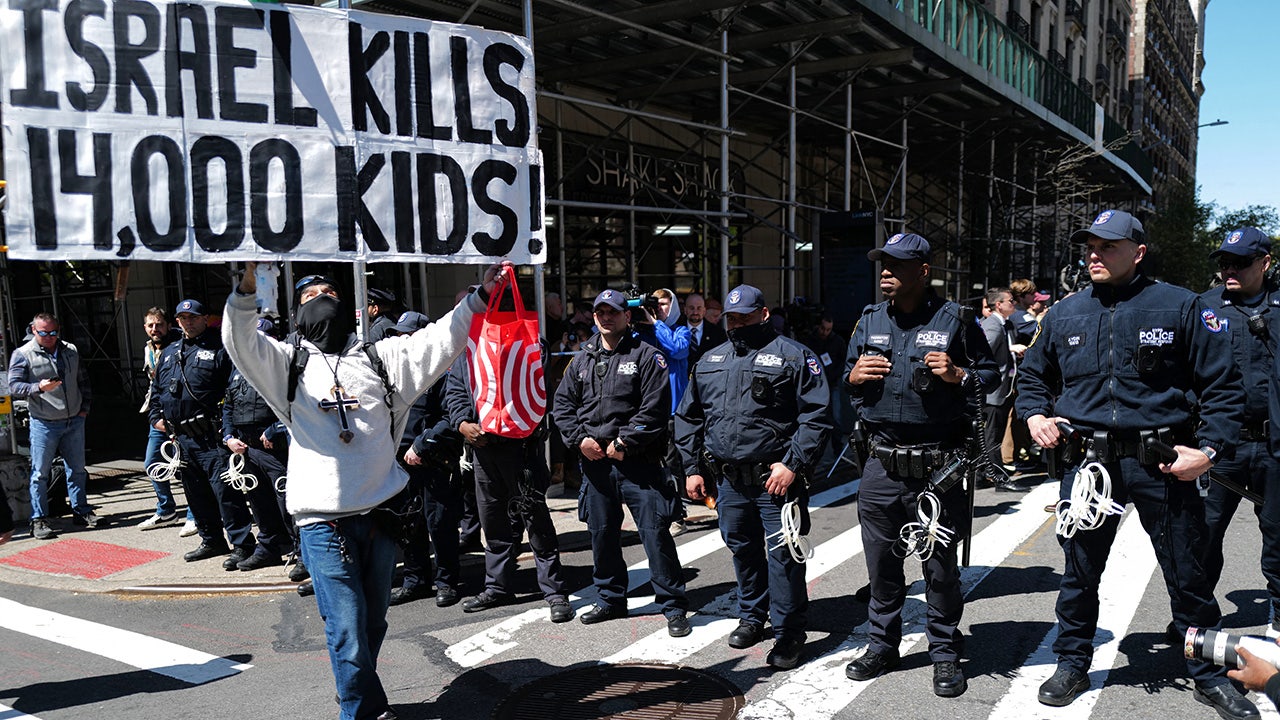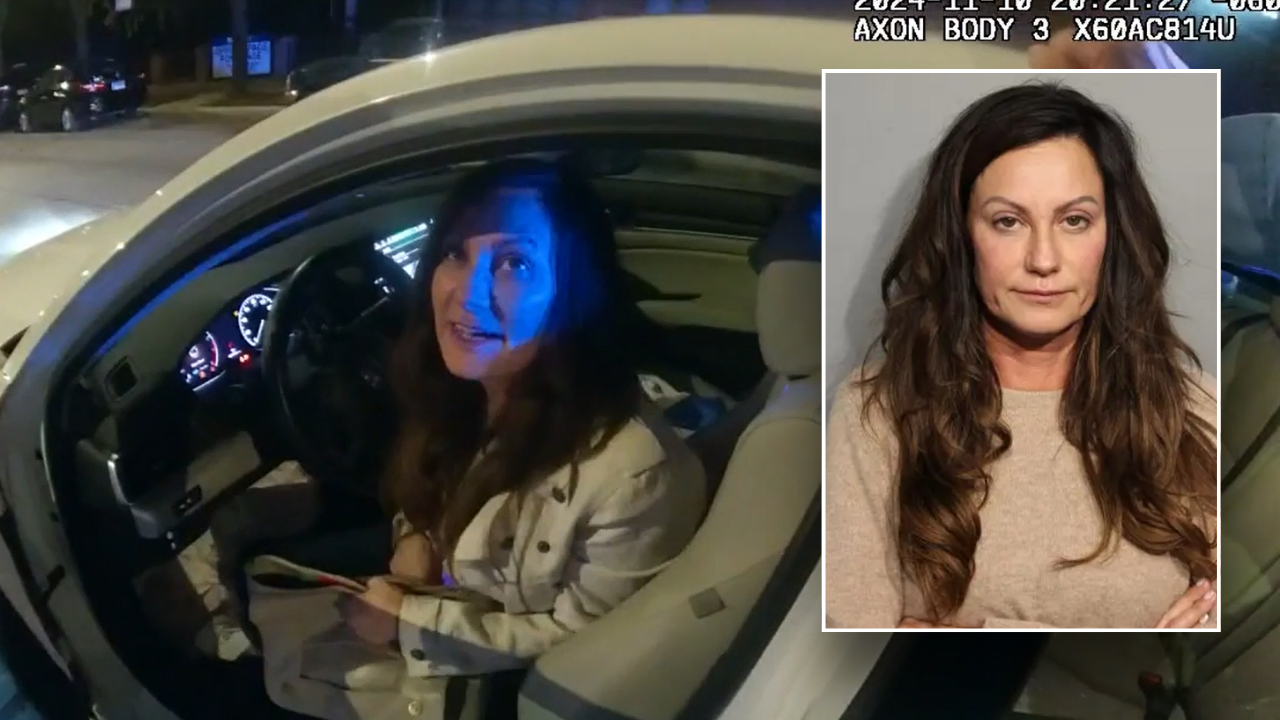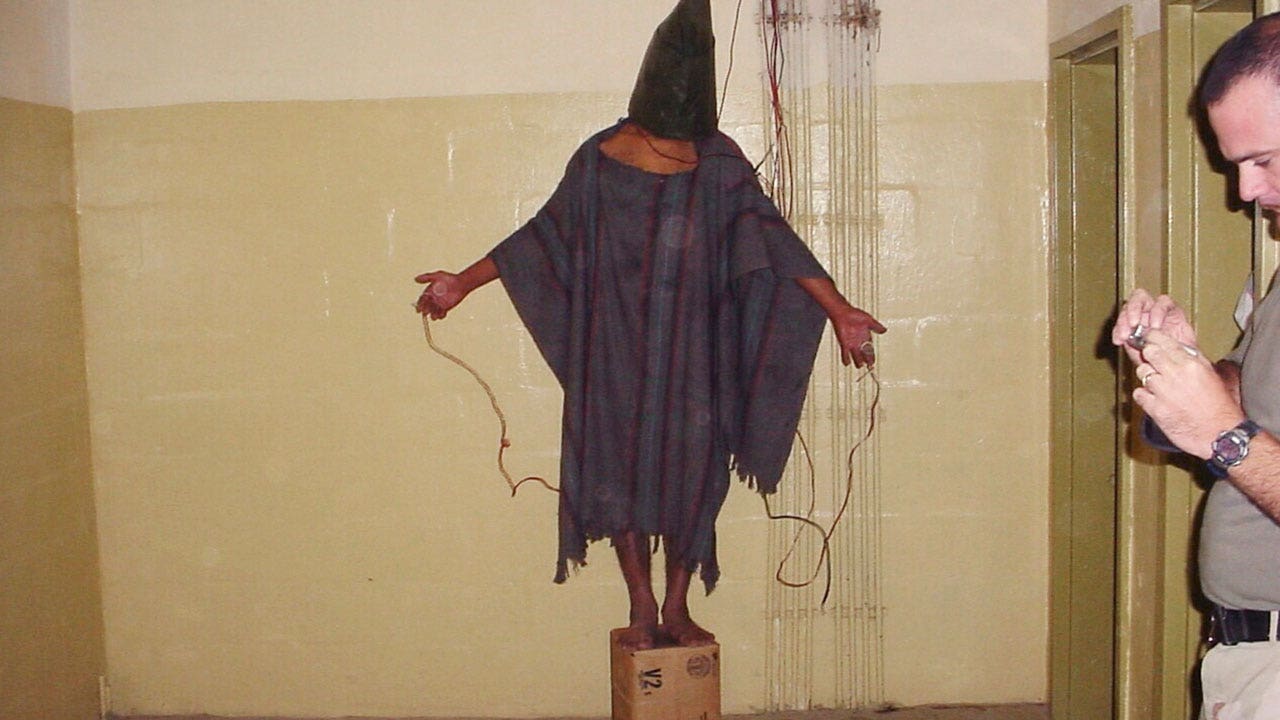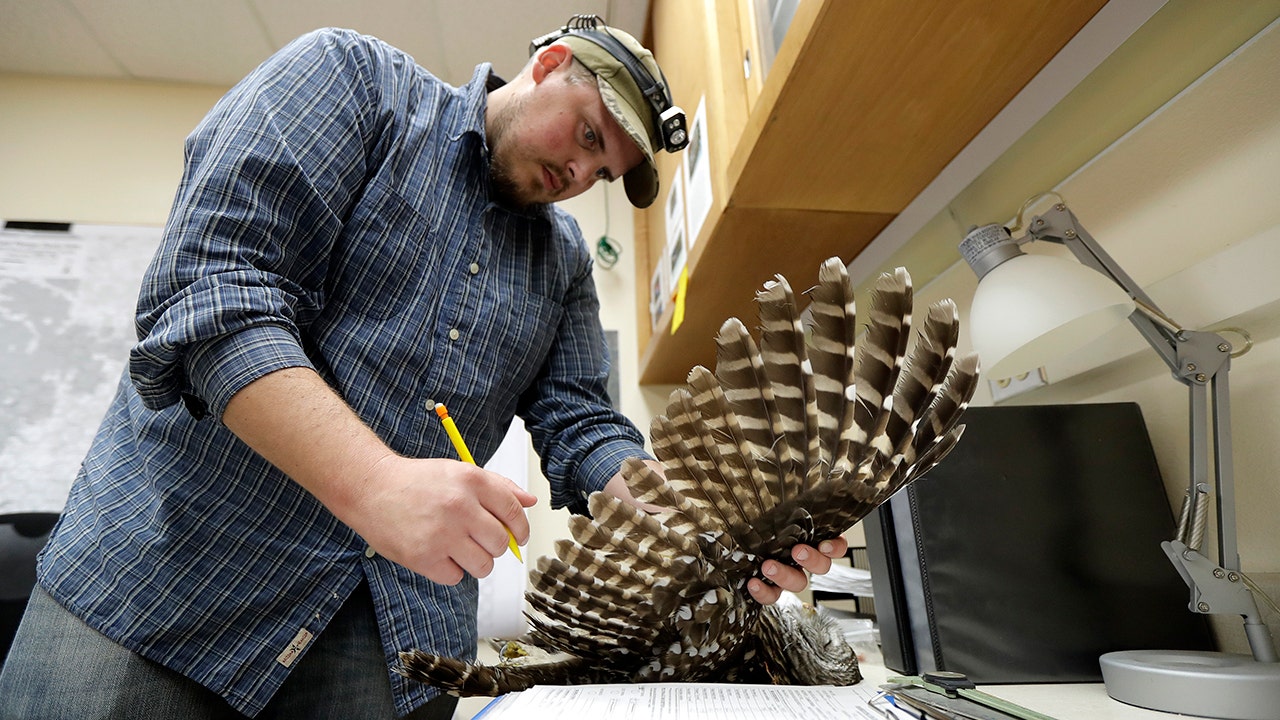The storm that hurtled through Houston late Thursday surprised a city long accustomed to bouts of serious weather. The Astros kept playing baseball, even as rain and wind whipped into the team’s closed-dome stadium. Many people, following their evening routines, were caught unaware on bikes or at the gym.
By Friday, all across town — but particularly in the dense and verdant inner loop neighborhoods that radiate from the city’s skyscrapers — Houstonians confronted a cityscape of debris left by winds of up to 100 miles per hour, as strong as some of the hurricanes that have hit the city in recent years.
Decades-old oak and pecan trees were ripped in two or knocked over at the roots, flattening fences or blocking roadways. Stop signs leaned at sharp angles. Highway billboards buckled, including the Car Wreck Cowboy, a local lawyer whose sign, usually towering over Interstate 45 near downtown, had been flattened into an empty lot.
At least four people died as a result of the powerful winds, and about a million on the Gulf Coast lost power. The seriousness of the moment was underscored when Mayor John Whitmire, a moderate Democrat, and the top county official, Lina Hidalgo, a progressive, put aside their differences and held a joint news conference on Friday — their first since Mr. Whitmire was elected last year.
Residents spoke of horizontal rain and detritus swirling into the air, and wondered whether a tornado had passed through.
“It was like we were in the middle of a blender,” said Martha Rosas, who sat outside her home with her sister on Friday, surrounded by citronella candles. They provided light to the powerless home the night before, and now warded off swarms of attacking mosquitoes.
“We were here, but it was so bad we shut ourselves in the pantry,” Ms. Rosas said. When they emerged, she and her sister saw that a thin, three-story building being built across the street was no longer upright.
“It just got picked up and landed on that building,” Ms. Rosas said, pointing to one that now had a hole in its roof. All that remained upright from the construction site was a metal emergency staircase.
“Even during hurricanes, we’ve never seen the trees go so crazy,” Ms. Rosas said.
Throughout Friday, the city hummed to life in its post-disaster posture, one earned from calamities past: Hurricane Ike, Hurricane Harvey, the 2021 winter freeze. With city services overwhelmed, neighbors with chain saws emerged to help neighbors. Those with power offered their refrigerators to those without.
Stoplights remained dark into the afternoon at many intersections. The city’s drivers, often aggressive on its fast-flowing highways, were also transformed, now courteously trading turns at the unregulated intersections.
Lines formed at gas stations with working pumps and also at local doughnut shops that had opened their doors.
“Comfort food! We need some comfort food,” said Lizzette Cantu, 45, as she waited in a long line to buy a dozen glazed at a Shipley’s on North Main Street. She planned to bring them to her son, who was hospitalized nearby, she said.
Ms. Cantu had not been at home when the strong winds passed over her house, near the University of Houston’s downtown campus, and brought down one of her old pecan trees. “My porch is gone,” she said.
The storm surprised her and many Houstonians. “We were here for Ike — but we had days to get ready for that,” Ms. Cantu said of the 2008 hurricane that hit the city. “We had time to prepare. For this, I don’t think that anybody did.”
As the power failures stretched into the afternoon, some residents began to worry. The weather was cool on Friday, but a heat wave was predicted for the weekend, with temperatures reaching 90 and a heat index near 100. And then there was the matter of all those groceries quickly going bad.
“I’m fixing to lose all my food,” said Anthony Heysquierdo, 67, a retired electrician, standing outside his home on the city’s east side. “And I’m on food stamps. I’m on a fixed income. I don’t have a car.”
Behind him, four men, including one with a chain saw and another with an ax, cut up a tree that had fallen across the road. A fifth man had been helping earlier — someone not from the neighborhood who had just stopped to lend a hand.
“It was like a tornado was here,” Mr. Heysquierdo said, recalling the moment the worst of the storm passed over. “I was praying the whole time.”
Not far from his home, a large tree had crashed down onto a sport utility vehicle, killing a woman inside in her driveway on Avenue O. On Friday, the tree remained, with the driver’s side door frame bent into a semicircle from the force of the fall. The rear door hung open, a child’s car seat leaning out.
Family members told the news station Telemundo that the woman was a mother of several children and had gone outside to move the car, worried that it would be damaged in the storm.
Neighbors brought by a bouquet of flowers, the start of a makeshift memorial in a rusting chain-link fence.
The storm also chopped through million-dollar homes, including many of those nestled between crooked live oaks planted more than a half century ago. In the Woodland Heights neighborhood, a large tree fell onto an old bungalow, narrowly missing a home that had just been constructed and sold. The bungalow was also being renovated.
“I got a text — tomorrow is a chain saw day,” said Jose Pizana, a foreman, referring to his boss’s message on Thursday. He said it would take about two hours to cut through the fallen tree. “He’s been staying inside,” he added, pointing to a member of his crew, who chopped at the tree with a machete.
“It’s an old house, so it’s pretty strong,” said the worker, Toribio Vasquez, speaking in Spanish. He said he had not been worried even when the tree came down. “No hay nada” — it’s nothing, he said, smiling for a second before returning to hacking off branches with the machete.
“He’s from Guatemala,” Mr. Pizana said, “where they have volcanoes.”






